What do pergolas in Forester’s Park (Park Leśnika) in Warsaw’s Praga district have in common with the Jewish cemetery in Bródno district? And what does the wall around the Catholic cemetery in Ostrowiec Świętokrzyski share with a local Jewish cemetery? Why are there bones sticking out of the ground next to the local high school soccer pitch? What happened to the Jewish graves? What have we done with them?
There are around 1200 Jewish cemeteries in Poland today, 400 of them did not survive the war. Only 150 can boast more than one hundred headstones. Destroyed by Germans in the course of World War II, it was not uncommon for these cemeteries to be turned into sandboxes, school sports fields or municipal parks in later years. Forgotten, they would overgrow.




